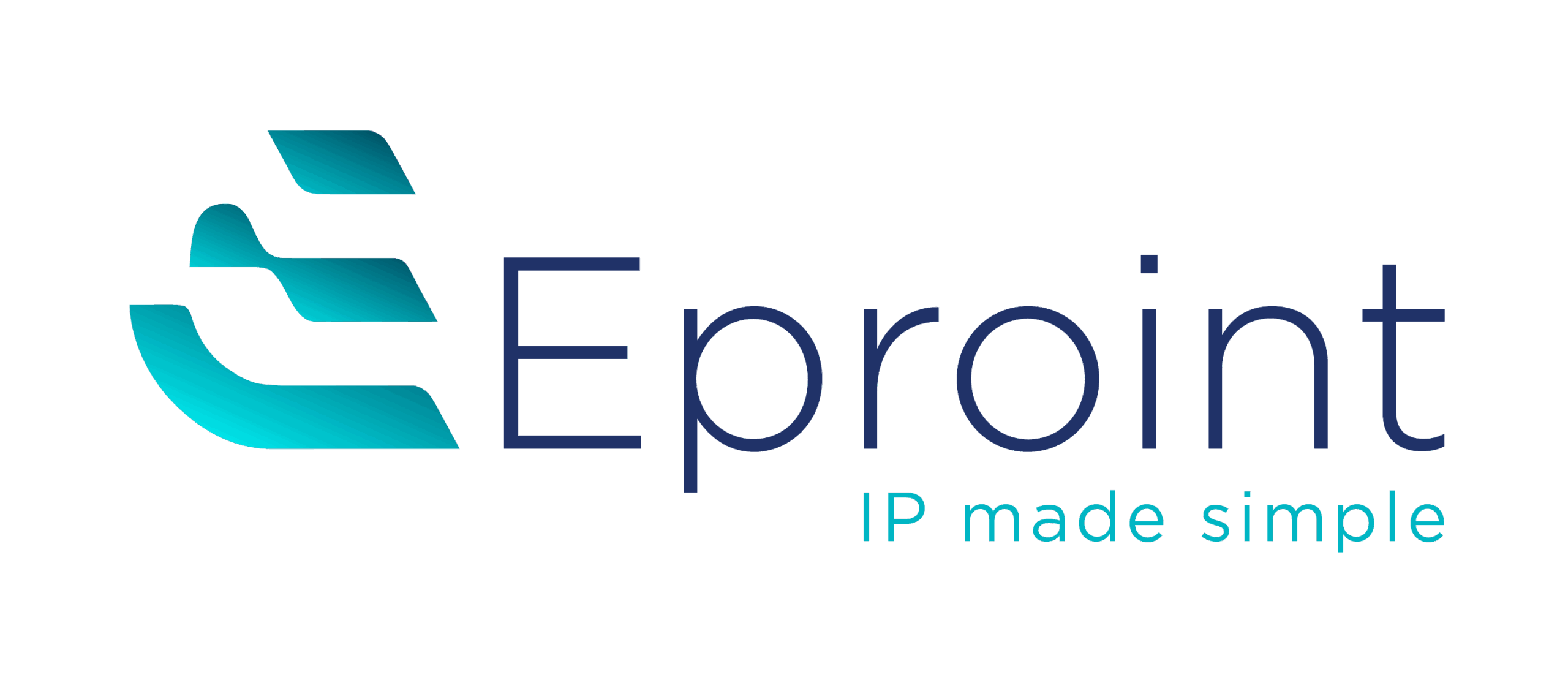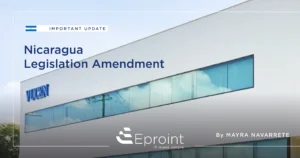Intellectual property (IP) is not a formality to add at the end of product development: it is a strategic asset that, when aligned with business objectives, can protect value, reduce commercial risks, and open opportunities for financing or licensing. A practical IP strategy balances legal tools with commercial realities: it protects what matters, at the right time, and in the right territories.
Start from business intent, not paperwork
Before deciding whether to file a patent application, register a trademark, or adopt trade secret measures, ask yourself: What will make this innovation commercially valuable? Are you seeking exclusivity in a market, licensing income, greater negotiating power with partners, or simply maintaining a temporary competitive edge? IP should serve that plan, not the other way around. Protecting for the sake of protecting can consume resources without delivering real value.
Know the categories and match tools to objectives
IP is not a single concept. Broadly speaking, industrial property rights (patents, utility models, industrial designs, trademarks, and trade names) coexist with copyright. Each serves different commercial purposes: patents protect technical solutions, trademarks protect brand identity, and copyright protects creative expression. Often, an innovation will require a mixed approach; identify which tool offers the most useful protection for your business goal before entering the market or beginning negotiations with partners or investors.
Confidentiality is often the most economical and fastest form of protection
Not every early-stage innovation merits an immediate patent application. For many startups and SMEs, maintaining confidentiality (through nondisclosure agreements or trade secret protection) during the development phase preserves novelty and delays patent costs until financing is secured or market fit is validated. Avoid unnecessary disclosures: sharing information without proper contractual protections can destroy patentability.
Practical measures: use well-drafted, tailored nondisclosure agreements; limit internal disclosure to a “need-to-know” circle; keep dated development logs; maintain secure repositories; and clearly distinguish between elements that are trade secrets and those intended for patenting. Contracts with suppliers, labs, or consultants should assign ownership and establish confidentiality obligations.
Perform early patentability and freedom-to-operate checks
A quick prior art search prevents investment in areas already covered by third-party patents. Far too often, teams discover too late that a development pathway is blocked by others’ rights — turning R&D spending into sunk cost. If barriers exist, consider design-arounds, transactional strategies like licenses or cross-licensing agreements, or alternative commercial approaches.
Be strategic with timing and jurisdictions — and budget accordingly
Patents are territorial, and filing in multiple countries substantially increases costs. While global exclusivity sounds attractive, each country adds filing, maintenance, translation, and representation expenses. Align territorial coverage with your business plan: customers, investors, manufacturing sites, and target sales markets.
A provisional application (or similar mechanisms depending on jurisdiction) can buy time — usually 12 months — to validate the market and raise funds before incurring international costs. Use that period to refine claims, test the product, and plan priority filings.
Prioritize — What should be protected first?
Resources are limited. Conduct triage: protect first the assets that (a) are core to your competitive advantage, (b) are legally defensible, and (c) open commercial options (licensing, exclusive channels). For very early teams, combining trade secrets with solid contracts is often more flexible and affordable than litigating a premature patent portfolio. If you choose to patent, prioritize claims broad enough to have commercial value but sufficiently concrete to be defensible.
Use contracts as the practical backbone
Contracts with employees, invention assignment clauses, agreements with suppliers, and nondisclosure agreements are the everyday mechanisms that turn technical work into company-owned IP. It is essential to clarify from the outset inventor attribution, assignment of rights, confidentiality obligations, and policies for invention compensation. Resolving ownership at the time of creation prevents later disputes that can harm commercialization.
Monitor, enforce, and adapt
Registering rights is only part of the work. An effective IP program includes monitoring new filings and competitor activity, enforcing rights when appropriate, and adjusting strategy as the business evolves. Enforcement does not always imply litigation: often a cease-and-desist letter, a license negotiation, or a design modification are more efficient solutions.
Practical checklist for founders and managers
- Define the commercial goal of each innovation (licensing, exclusivity, branding, etc.).
- Perform a quick novelty / freedom-to-operate review.
- Decide whether to maintain secrecy, file a provisional, or begin a patent application.
- Sign nondisclosure and rights-assignment agreements before any external disclosure.
- Map priority jurisdictions based on customers, investors, sales markets, and manufacturing sites.
- Budget IP costs as part of the financing plan.
- Maintain development records (logs) and a secure repository for code or know-how.
Conclusion — pragmatic, not ritualistic protection
An IP strategy that delivers real value is pragmatic, phased, and business-oriented. It balances secrecy and registration, uses contracts proactively, and aligns filings with market entry and financing stages. Well managed, IP protects the potential of innovation; poorly managed, it consumes resources with little return. In short: protect what matters, when it matters, and where it matters — always in service of the business plan.
About the Authors:
Luis Diego Castro, partner at the firm and one of the most experienced patent attorneys in Costa Rica and Central America. He has advised companies in the technology and life sciences sectors and has participated in court cases that have set precedents in the country.
Contacto: ldcastro@eproint.com
Karla Corrales, Director of the Intellectual and Industrial Property Department at Eproint Costa Rica, with more than 20 years of professional experience. Her work ranges from designing innovation and intangible protection strategies to supporting companies and entrepreneurs in trademark, confidentiality, and data protection matters.
Contacto: kcorrales@eproint.com



